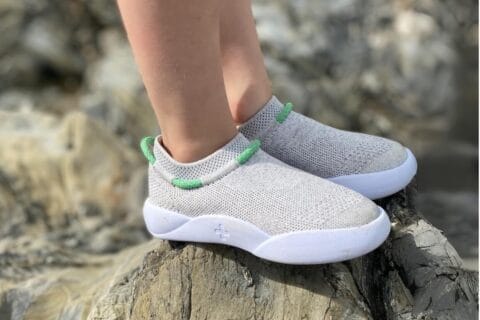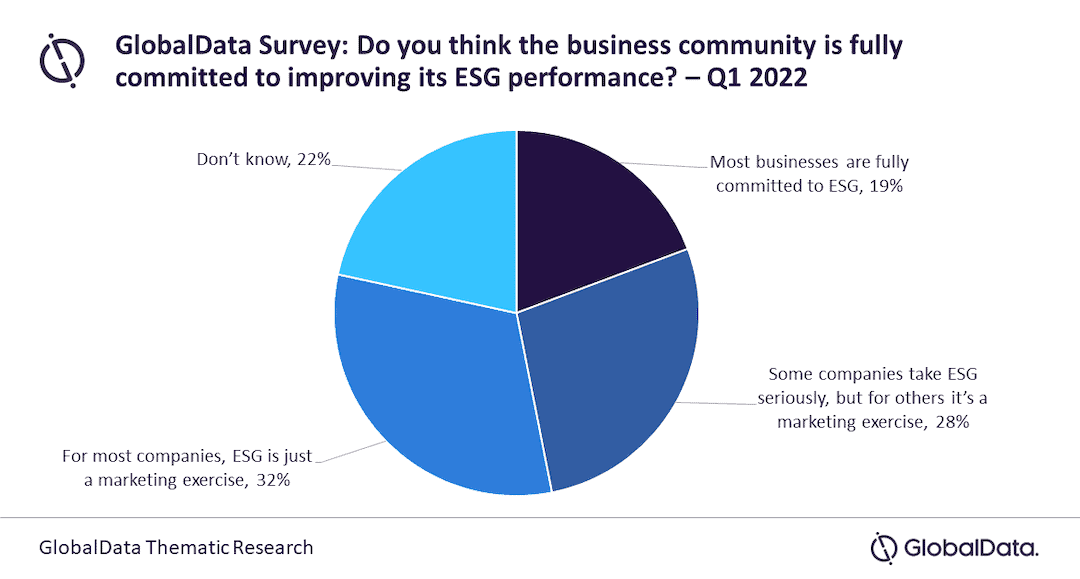
Renting clothes can reduce the enormous environmental impact of the fashion industry, but, as a business model, new analysis reveals why it struggles to make a profit and may only find success in niche markets.
One of the most polluting industries, fashion can account for up to 10% of global greenhouse gas emissions. In Sweden, over 90% of the climate impact of clothes is linked to the purchase of newly produced goods.
Therefore, researchers at the Chalmers University of Technology, plus the University of Borås and research institute RISE, have examined alternative, more sustainable business models for the clothing industry.
In principle, renting makes sense, says Frida Lind, Professor at Chalmers and one of the lead study authors:
“Many people have clothes hanging in the closet that are rarely or never used. Renting clothes can extend the use of each garment and thus contribute to more sustainable consumption.”
Three main business models
In the study, the researchers analysed nine Swedish companies that have either tried and failed, or are ongoing in the process of creating a sustainable and desirable clothes rental company.
From this analysis, the researchers identified three main business models for renting out clothes:
- Membership model: customers become members and can then borrow clothes library-style for a certain period of time — this model often had an enthusiast as founder, and a focus on sustainable consumption;
- Subscription model: customers pay a monthly fee to rent a certain number of garments — these startups worked on scaling up operations and attracting venture capital;
- Individual rental model: the company would provide specific types of clothing to rent out, often in combination with other equipment, such as outdoor clothing paired with ski equipment.
Profitability difficult to achieve
By interviewing founders, managers and other key people from the nine companies, the researchers gained an understanding of each company’s situation. The findings were challenging, explains Lind:
“What struck us was that it seemed so difficult for them to make their business profitable. Several had had to end their investments for various reasons.”
Demand is not the problem. The researchers noted that there was a willing customer base for renting clothing, however, several other challenges made profitability difficult, as Lind explains:
“Renting out clothes involves many steps where each item needs to be handled and inspected before it can be rented out again, which takes time. Companies also struggled with high costs for such as warehousing, logistics and laundry.
“Especially for subscription models, there were also difficulties obtaining venture capital to survive financially through the first phase of building the company. These business models need time to establish themselves in the market.”
Specific markets perform best
That said, some of the business models worked better than others.
Companies that focused on a specific market, such as outdoor clothing, were more successful and sustainable — especially if they also had a local connection to an outdoor recreational area, says Lind:
“They seem to have found their niche and seen that there is a specific need that the customer is willing to pay for each time they need to use that type of clothing.”
The researchers also examined how the companies created value in collaboration with different stakeholders. The conclusion was that certain collaborations were particularly valuable, suggests Lind:
“Rental companies that worked closely with clothing manufacturers and suppliers, such as designers with a sustainability profile, benefited greatly as they were able to get feedback on which types of clothing were most popular. They also gained valuable information about the quality of garments, for example, if something often broke.”
Recommendations based on results
Based on results, the researchers have three key recommendations for renting clothes as a business model:
- Focus on niche markets based on target group and product type where the need is clear;
- Develop partnerships with suppliers to improve products based on rental experiences;
- Think about logistics and transport right from the start to be able to make the model scalable.
The scientific article Exploring renting models for clothing items – resource interaction for value creation was published in the Journal of Business & Industrial Marketing. The authors are Frida Lind, Chalmers University of Technology; Agnes Andersson Wänström and Daniel Hjelmgren, University of Borås; and Maria Landqvist, RISE Research Institutes of Sweden. The study was financed with funds from the Swedish Energy Agency.
Chalmers University of Technology in Gothenburg, Sweden, conducts research and education in technology and natural sciences at a high international level. First founded in 1829, The university has 3100 employees and 10,000 students. It offers education in engineering, science, shipping and architecture. With scientific excellence as a basis, Chalmers promotes knowledge and technical solutions for a sustainable world.
Further Reading:
- Access the full study Exploring renting models for clothing items – resource interaction for value creation;
- More about the Chalmers University of Technology;
- More about the University of Borås, home to the Swedish School of Textiles;
- More about RISE Research Institutes of Sweden;
- Also on SustMeme, Resale is a step up for sustainability in fashion;
- Also on SustMeme, Fibre reuse from old garments in circular workwear;
- Also on SustMeme, Counting carbon savings of shopping second-hand;
- Also on SustMeme, Fashion waste landfill piled high as the moon;
- Also on SustMeme, Wood-based water tech removes 80% dye pollutants (featuring Chalmers);
- Also on SustMeme, Which countries are best for sustainable fashion?
Check out the full archive of stories on the SustMeme Circular Economy Channel, now available to Sponsor.






